
Systèmes d'avertissement (sonores et visuels)
58 produits
Affiche 1 - 48 de 58 produits













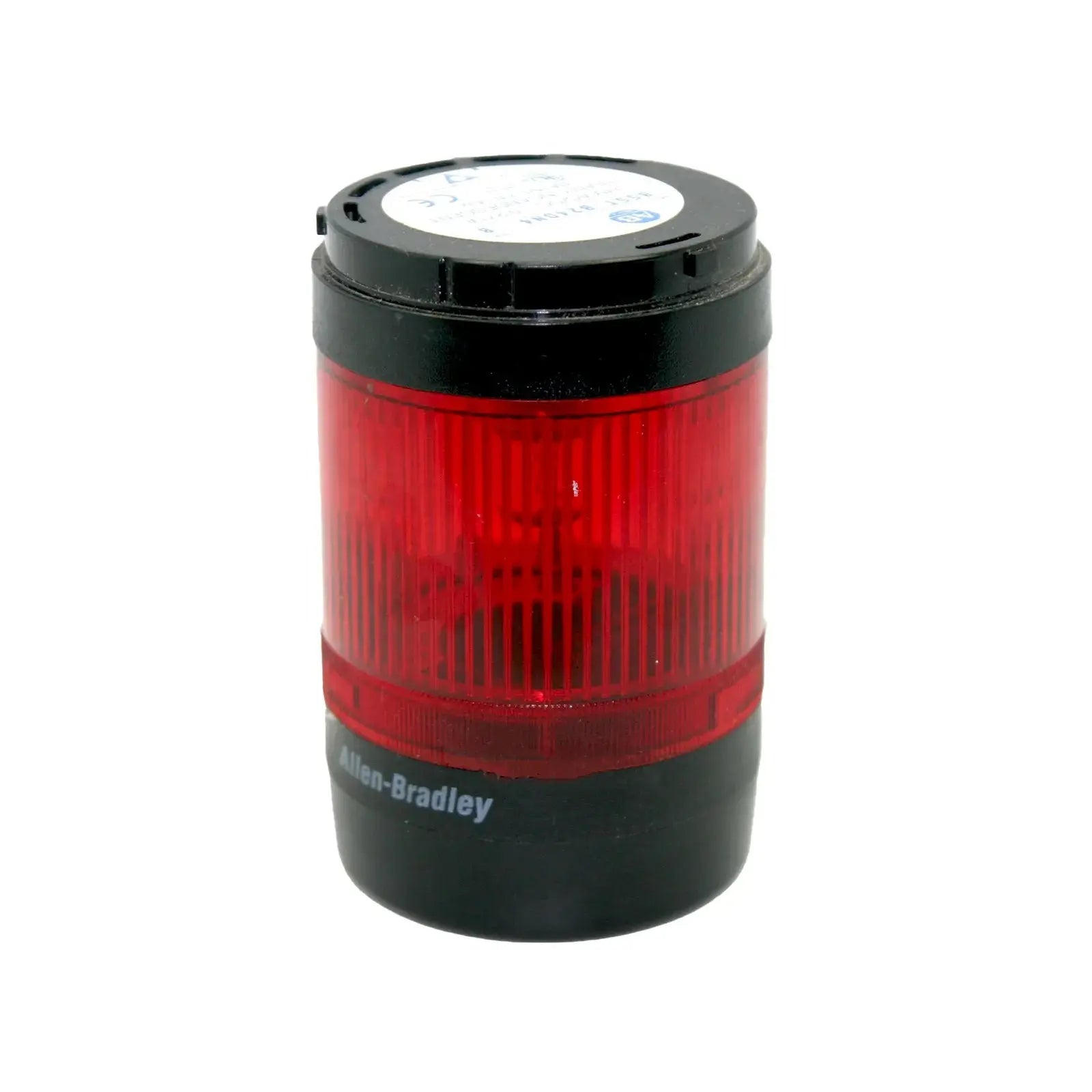








































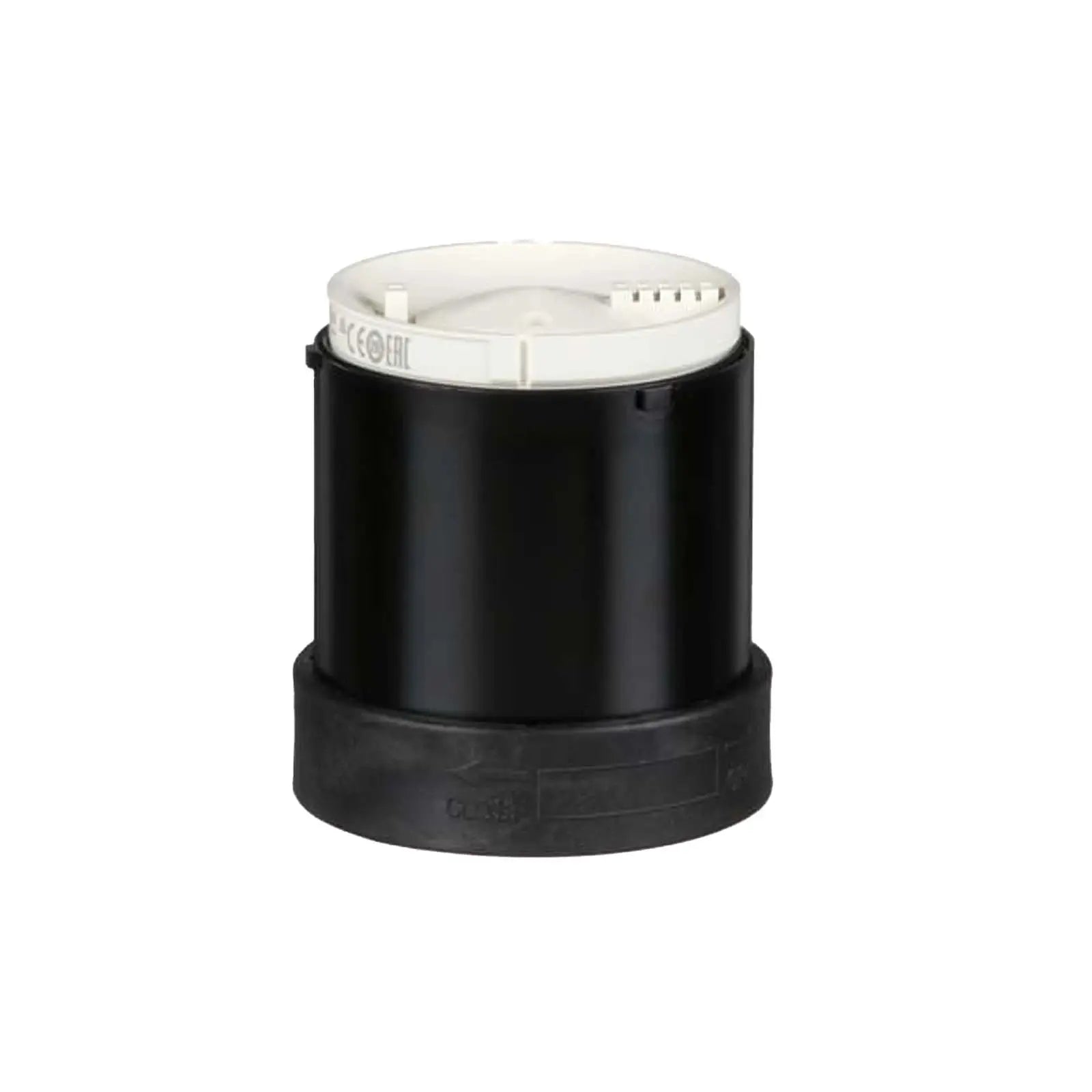


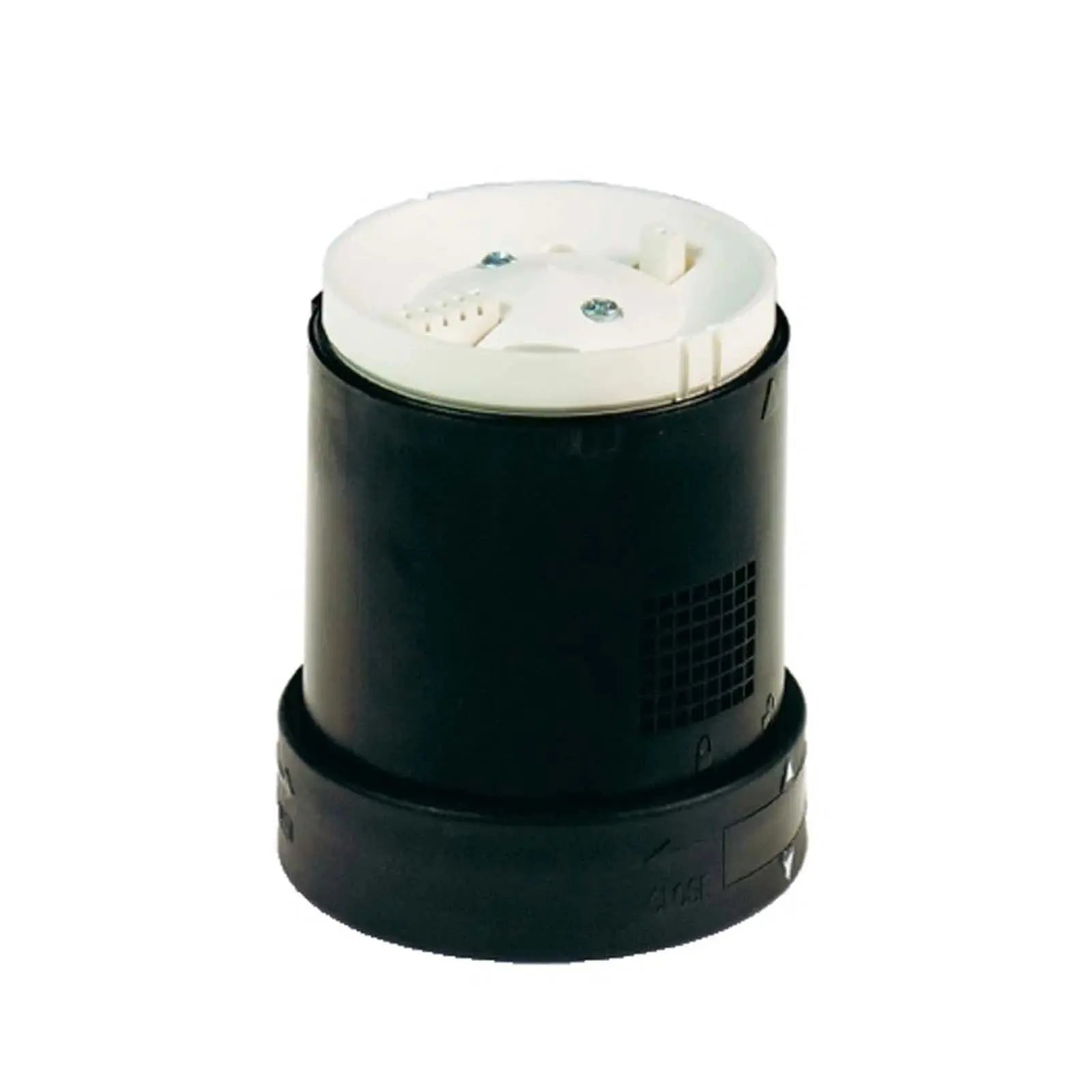






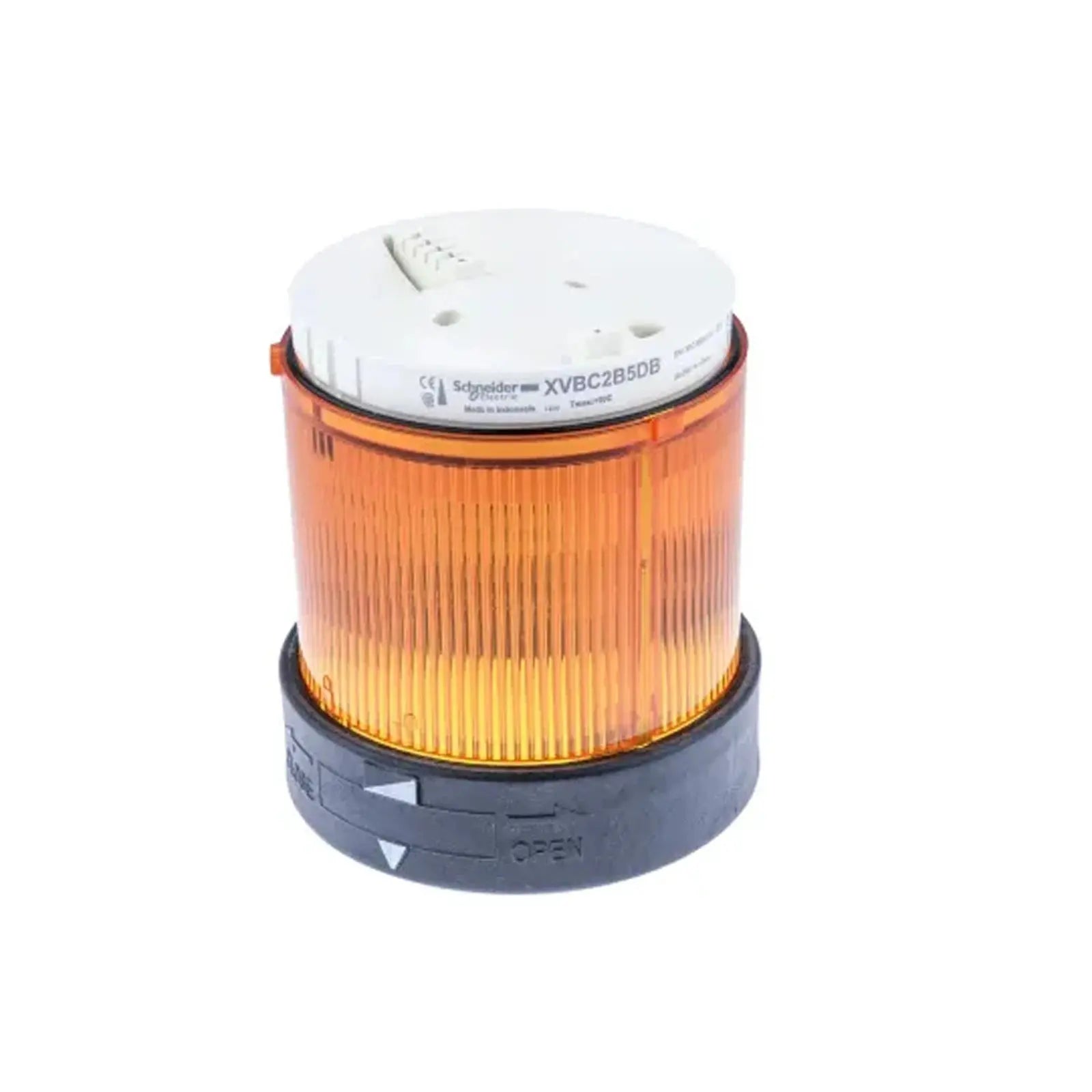







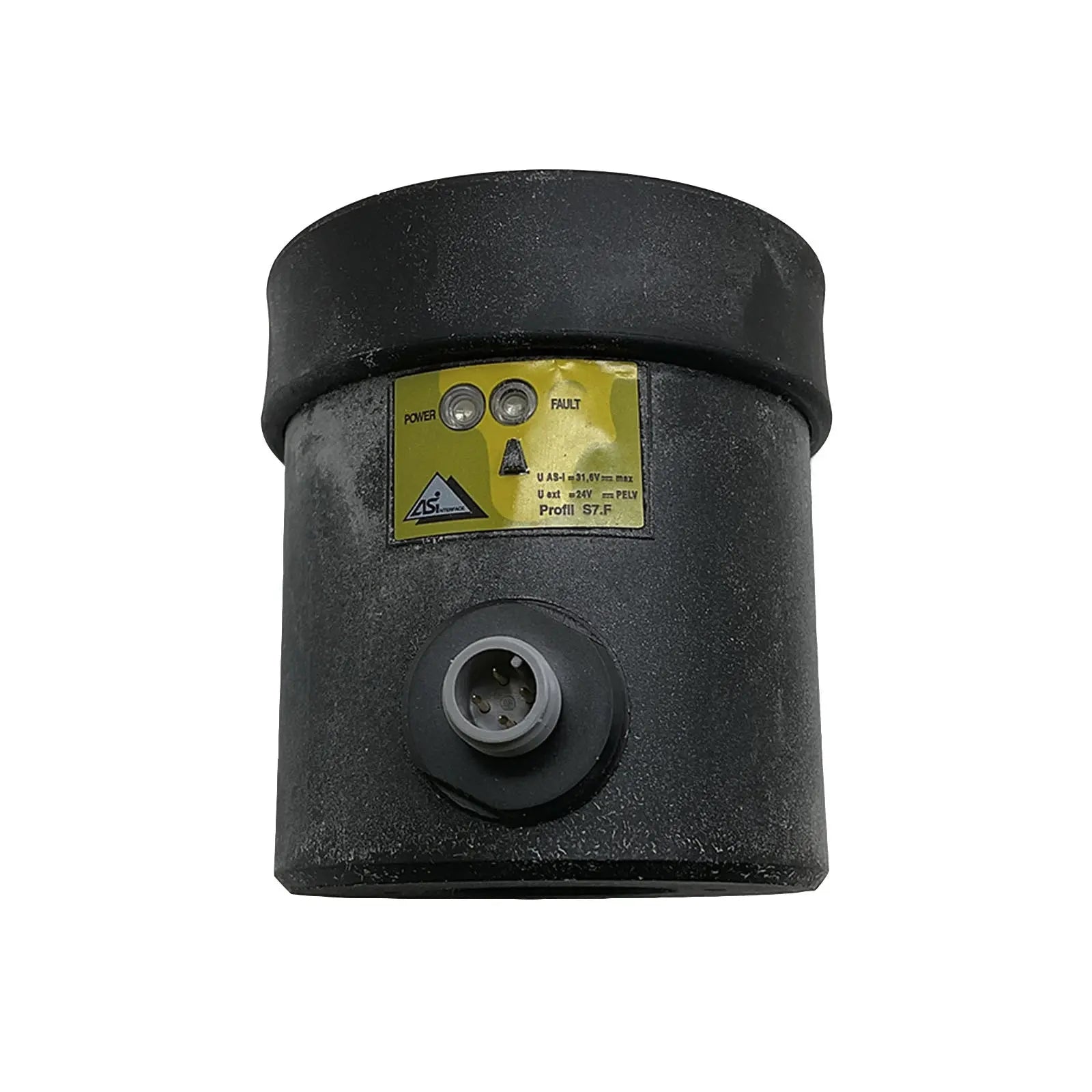














Découvrez notre vaste gamme de systèmes d'alerte sonore et visuelle conçus pour améliorer la sécurité et la communication dans divers environnements. Nos systèmes d'alerte sonore et visuelle sont conçus pour répondre aux normes les plus strictes, garantissant durabilité et visibilité. Que vous en ayez besoin pour un usage industriel, commercial ou résidentiel, notre collection offre la solution idéale à vos besoins de signalisation.
Pourquoi choisir nos plaques d'avertissement (sonores et visuelles) ?
Nos systèmes d'avertissement (sonores et visuels) sont fabriqués avec des matériaux de haute qualité qui résistent aux conditions les plus difficiles. Faciles à installer et à entretenir, ils constituent un choix économique pour tous les environnements. Grâce à une variété de modèles et de tailles, vous trouverez la plaque adaptée à vos besoins spécifiques.
Outre leurs avantages pratiques, nos systèmes d'avertissement (sonores et visuels) sont personnalisables. Vous pouvez ainsi ajouter des messages ou des éléments de marque spécifiques, garantissant ainsi une signalisation à la fois fonctionnelle et personnalisée. Adopter nos plaques, c'est investir dans des solutions de sécurité durables.
Comment utiliser efficacement les plaques d'avertissement/de signalisation
Pour optimiser l'efficacité de vos systèmes d'alerte (sonores et visuels), placez-les à des endroits stratégiques, facilement visibles. Vérifiez régulièrement leur état et remplacez-les si nécessaire pour préserver leur efficacité. Vous garantissez ainsi un environnement sûr et bien informé.
Besoin de commandes en gros ou de recommandations d'experts sur les systèmes d'alerte (sonores et visuels) ?
Vous souhaitez commander des systèmes d'alerte (sonores et visuels) en gros ou avez besoin d'aide pour choisir la solution industrielle idéale ? Notre équipe est là pour vous aider avec des devis personnalisés, des recommandations de produits et des conseils techniques. Que vous soyez électricien, entrepreneur ou chef d'entreprise, nous proposons des solutions sur mesure pour répondre à vos besoins.
📩 Contactez-nous ou discutez avec nous en direct pour une assistance instantanée !
Découvrez notre collection mensuelle d'offres de folie !
Profitez de réductions exceptionnelles dans notre magasin ! Découvrez les meilleures offres :
Explorez ces catégories maintenant et profitez des meilleures offres avant qu'elles ne disparaissent !
- Tous les produits de notre gamme – Des produits de qualité supérieure sélectionnés avec soin pour vous.
- Meilleures ventes – Articles préférés des clients et articles très demandés.
- Offres spéciales et soldes Watts – Remises à durée limitée sur des produits incontournables.
- Watts New – Nouveautés et dernières innovations.
-
Toutes les collections – Explorez tout ce que nous avons à offrir.
Explorez ces catégories maintenant et profitez des meilleures offres avant qu'elles ne disparaissent !
N'oubliez pas de consulter nos remises massives jusqu'à épuisement des stocks !
Vu récemment
Bulletin d'information Watts Current
Restez connecté avec les derniers produits électriques industriels, les offres exclusives et les mises à jour d'experts.
Inscrivez-vous maintenant et ne manquez rien









